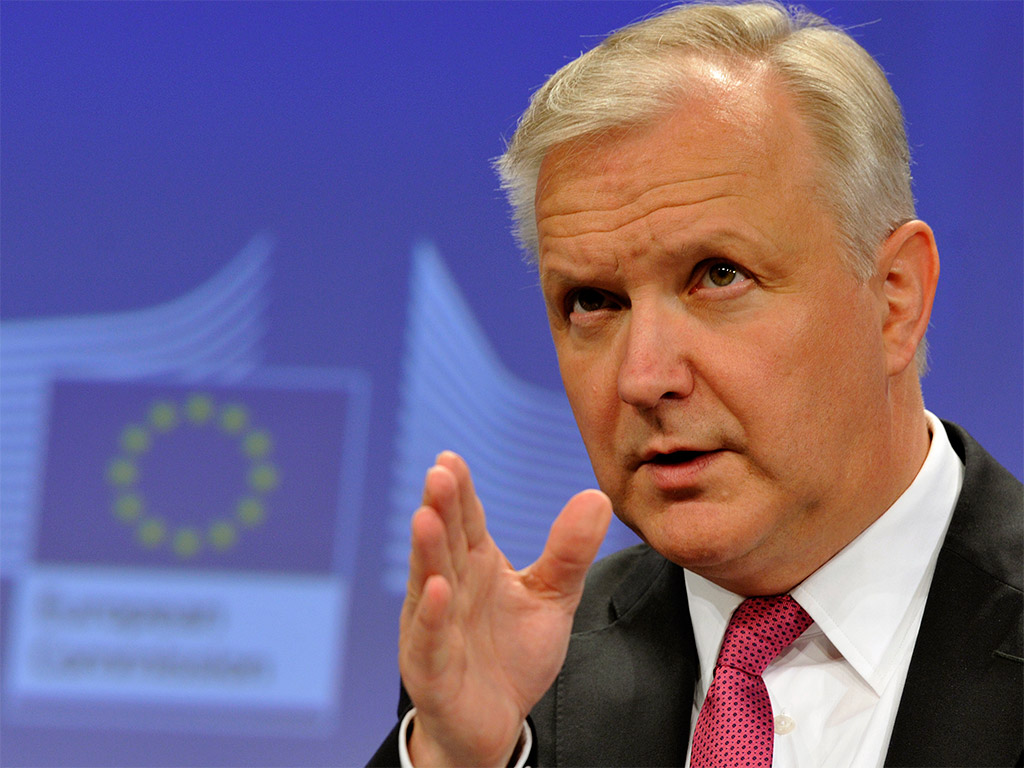
The eurozone is projected to grow as much as 1.2 percent in 2013 and a further 1.7 percent this year, according to the European Commission. Though the figures may appear low, the Commission was positively jubilant when the announcement was made; Europe is finally out of the woods.
Though Olli Rehn, the Commissioner for Economic and Monetary Affairs, was careful to use the word “modest” when describing the recovery, he still insisted that it was “gaining ground”, and that “the worst of the crisis may now be behind us.”
In reality, results are anaemic at best, though a vast improvement on 2012’s contraction. And while recovery appears solid in many European nations, it is not as certain in others. The UK is projected to grow 2.5 percent this year, while Cyprus is expected to contract by as much as 4.8 percent.
Europe must tend to it more than ever lest it shrivel before
it blossoms
This two-tier forecast points to the fact that no structural reforms have been carried out in the EU, which would have supported more robust and sustainable growth across the region. The meagre growth forecasts for the eurozone will largely be driven by Germany, who continues to command close to 30 percent of the region’s collective output, whole peripheral countries like Slovenia, struggle to kickstart their economies. Forecasts for those two countries suggest Germany will grow by 1.8 percent, while Slovenia will contract by 0.1 percent.
However, Europe continues to face a severe employment crisis, and that will certainly be one of the factors holding back growth. In the eurozone as a whole, unemployment is expected to drop from 11.8 percent to 11.4 this year; the forecast reduction is still dangerously slow, though, suggesting that countries like Spain, Portugal and Italy, are consistently struggling to address some of their most deep-rooted issues. Though Spain, for example, has managed to reduce its unemployment rate from the all time high of 27.2 percent reached in 2013, to 26 percent right now, the situation is by no means under control. Italy and Portugal are posting similarly dismal figures.
The fact is that recovery remains far too low to be felt by the population in struggling countries. Inflation forecasts have been revised down from one percent this year, to around 0.8 percent, much lower than the ECB’s target of two percent. It would be foolish to think that the high unemployment rates and low upward price pressure are unrelated. Economies might be experiencing modest recoveries, but it has yet to trickle down to consumers.
The ECB has made it clear that it is considering the risk of widespread deflation across the eurozone to be of fairly minor order, but the enduring very low inflation rates, and persistently high unemployment figures suggest otherwise. Action by the ECB and local governments has not been robust enough, and there should be concerns that the structural reforms needed to implement sustainable growth are not taking hold.
The shoots of recovery are starting to appear through the mud though, now Europe must tend to it more than ever lest it shrivel before it blossoms.

